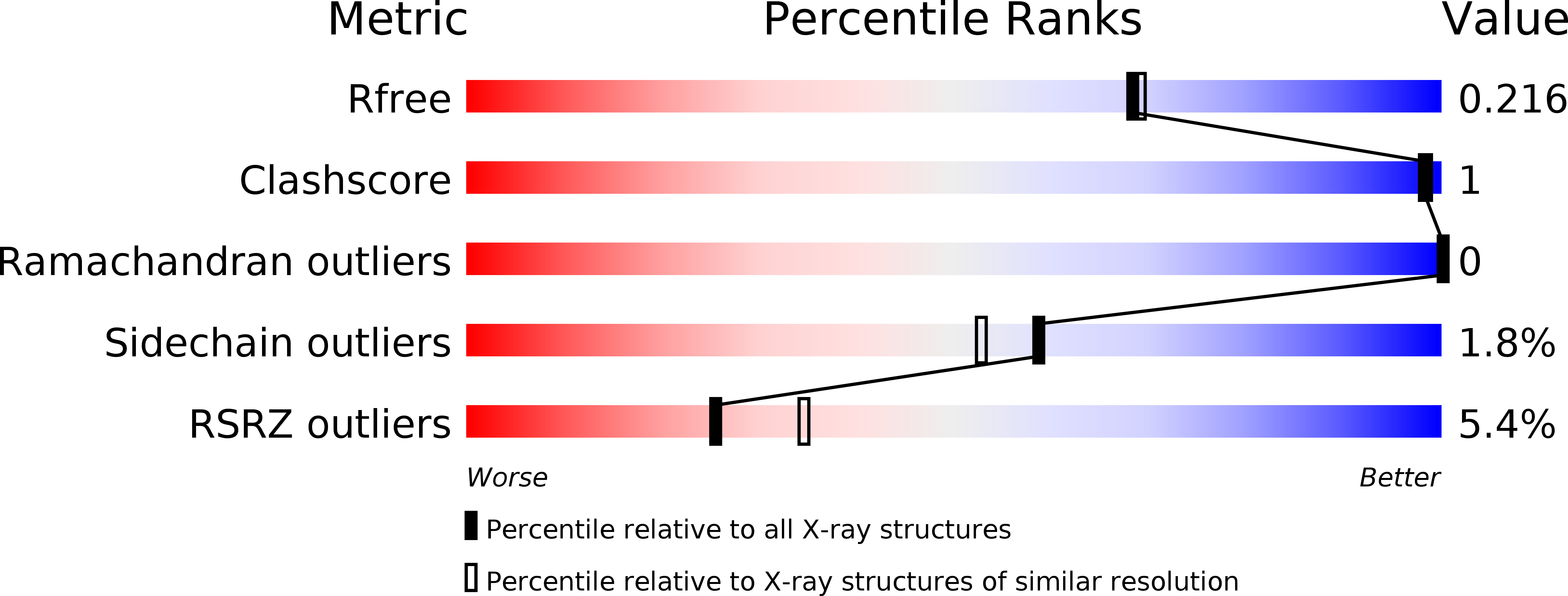
Deposition Date
2017-02-27
Release Date
2017-07-26
Last Version Date
2023-11-22
Entry Detail
PDB ID:
5X7R
Keywords:
Title:
Crystal structure of Paenibacillus sp. 598K alpha-1,6-glucosyltransferase complexed with isomaltohexaose
Biological Source:
Source Organism:
Paenibacillus sp. 598K (Taxon ID: 1117987)
Host Organism:
Method Details:
Experimental Method:
Resolution:
1.95 Å
R-Value Free:
0.20
R-Value Work:
0.17
R-Value Observed:
0.17
Space Group:
C 2 2 21


